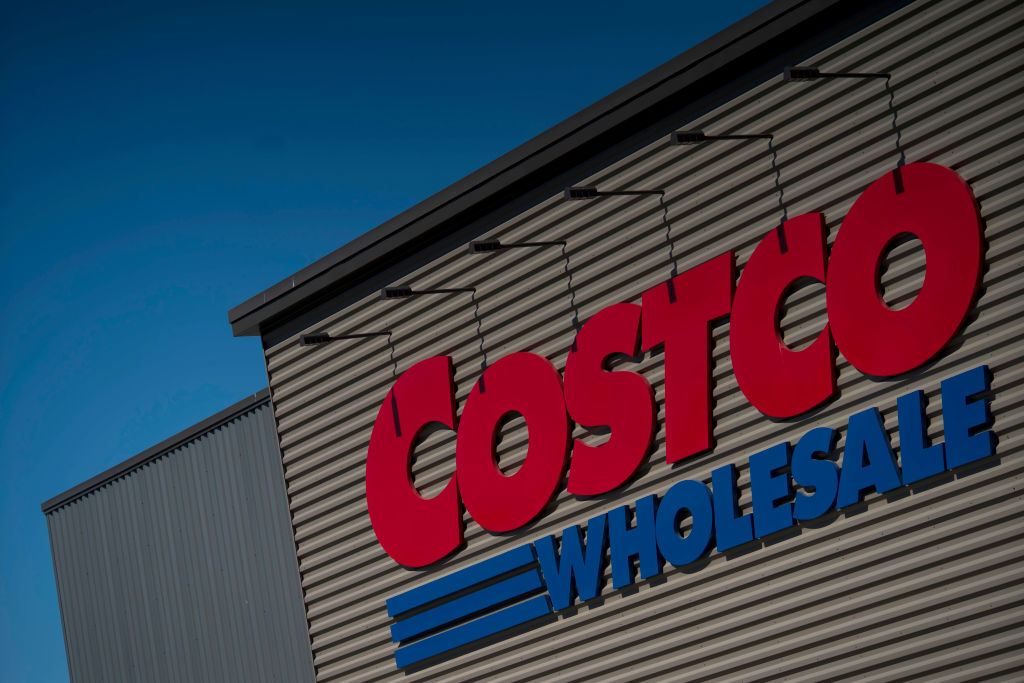According to BizBuySell’s Confidence Index, a tool created to examine how roughly 3,000 members of the business-owner and -buyer community feel about the current sales market, confidence is up for both groups for the first time since they began measuring in 2013. Seller confidence is up four points, and buyer confidence is up two, from 46 to 50 and 52 to 54 respectively. With those sentiments on the rise, some might feel that it’s the right time to sell their business, hopefully turning a profit. Therein arrives the big question: how do you price a business for sale?
Pricing a business for sale is one of the most critical steps in the selling process. Whether you’re a business owner looking to retire or an entrepreneur wanting to cash out, determining the right price is essential for attracting potential buyers while ensuring that you get a fair value for all your hard work. It’s important to approach the task with careful analysis and a clear understanding of both the market and your business’s financial performance. Here’s a step-by-step guide on how to price a business for sale.
Understand The Business’s Financials
The first step in pricing a business is to thoroughly understand its financials. Buyers will closely examine financial documents, including profit and loss statements, balance sheets, and cash flow statements. This provides transparency and insight into the business’s profitability, liabilities, and overall financial health. You need to ensure that your financial records are up-to-date and accurately reflect the true condition of the business. In some cases, an audit or review by an accountant may be beneficial to validate the business’s financial statements.
Keep your cash flow in mind when it comes to learning how to price a business for sale. According to a study by U.S. Bank, 82% of failed businesses cited cash flow as the source of many roadblocks that lead to failure. Cash flow isn’t just the amounts of money that are coming in – it also refers to the timing of that income. Take a step back and try to identify any blockages in revenue before you price your business.
Choose The Right Valuation Method
Several methods can be used to value a business, and the right one will depend on the type of business and its market conditions. The most common valuation approaches include:
Asset-Based Valuation: This method involves calculating the total value of the business’s tangible and intangible assets, including real estate, equipment, inventory, intellectual property, and goodwill. It’s often used for businesses with significant physical assets.
Income-Based Valuation: This approach focuses on the business’s ability to generate income. The most common method under this category is the discounted cash flow (DCF) analysis, where future cash flows are projected and then discounted to the present value. The capitalization of earnings method is another common approach, where the business’s earnings are divided by a capitalization rate to estimate value.
Market-Based Valuation: This method compares your business to similar businesses that have recently been sold or are currently on the market. It involves examining sales multiples (e.g., price-to-earnings ratio or revenue multiples) for businesses in the same industry or sector. Market-based valuations are particularly useful when there is a lot of market data available for similar businesses.
Each of these methods has its advantages and can provide a different perspective on your business’s value. Often, a combination of all three can provide the most accurate pricing.
Consider Market Conditions
With interest rates decreasing and the world of business sales settling into what’s being called a ‘new normal,’ current analysts are optimistic for the way 2025 will shake out in terms of merger and acquisition activity. However, keep in mind that these trends depend heavily on the actual sector your business is in. Buyers want to be sure they’ll have a predictable income stream. DTC brands and E-commerce platforms are becoming more attractive to buyers, particularly those who are leveraging artificial intelligence and sustainability.
Remember that 42% of startups fail because of a lack of market need – they’re solving problems that weren’t problems in the first place. If potential buyers identify a business as doing such, don’t expect to fetch a high profit for it. This can be circumvented if a startup’s team is able to prove demand via a minimum viable product (MVP.)
Market conditions can have a significant impact on the price of a business. If the market is experiencing economic growth, high demand, or favorable industry trends, your business may be worth more. Conversely, if the market is weak or if there is less buyer interest, it might be necessary to lower the price to attract potential buyers. Keep in mind that timing is critical when selling a business—pricing it during an upturn in the market may result in a better sale price, while selling during a downturn may require adjustments.
Factor In Business Risks And Opportunities
When pricing a business, it’s also important to take into account any risks and opportunities. If there are existing risks, such as declining sales, outdated technology, or dependence on a single client, these factors should be reflected in the price. Conversely, if there are growth opportunities, such as expanding into new markets, introducing new products, or leveraging existing intellectual property, these can increase the value of the business. Buyers will want to understand both the current state of the business and the potential for future growth, so be prepared to highlight these elements in your pricing strategy.
Consult With A Professional
Pricing a business can be complex, and mistakes can be costly. To ensure you are pricing your business fairly and accurately, it’s often advisable to consult with a professional business appraiser or a mergers and acquisitions (M&A) advisor. These experts have experience in evaluating businesses and can provide objective, data-driven pricing insights based on market trends and business specifics.
Don’t Overprice Or Underprice
One of the biggest mistakes sellers make is either overpricing or underpricing their business. Overpricing can scare away potential buyers and result in the business sitting on the market for an extended period. Underpricing can lead to an unfair sale where you leave money on the table. It’s essential to strike a balance—ensure that the price reflects the true value of your business while being competitive in the current market.
Pricing a business for sale requires careful consideration of financials, market conditions, risks, and opportunities. By using a combination of valuation methods and seeking expert advice, you can arrive at a price that reflects the true worth of your business and attracts serious buyers. Remember that a well-priced business not only ensures that you receive fair compensation but also helps streamline the sales process, leading to a smoother and more successful transaction.
















